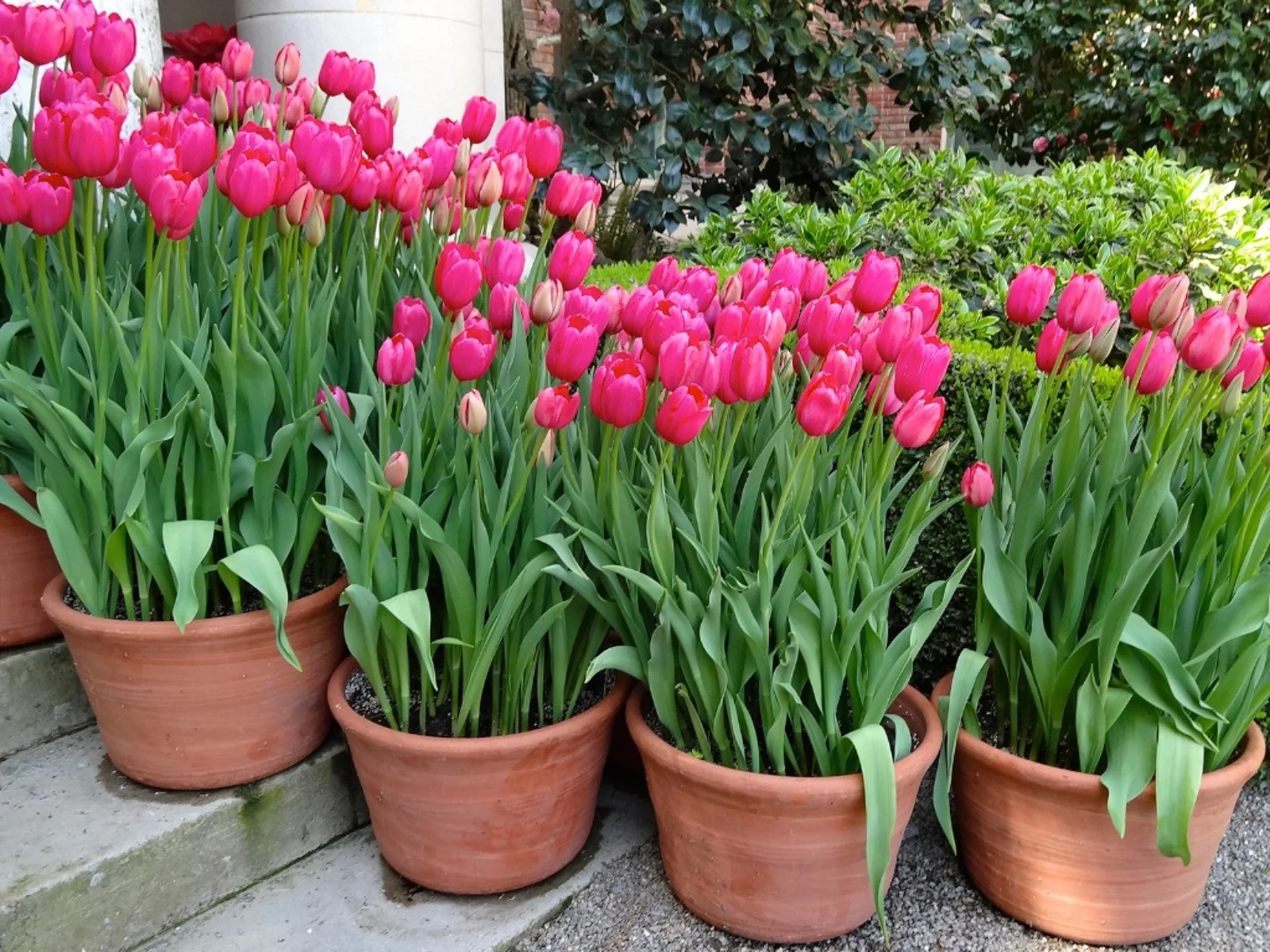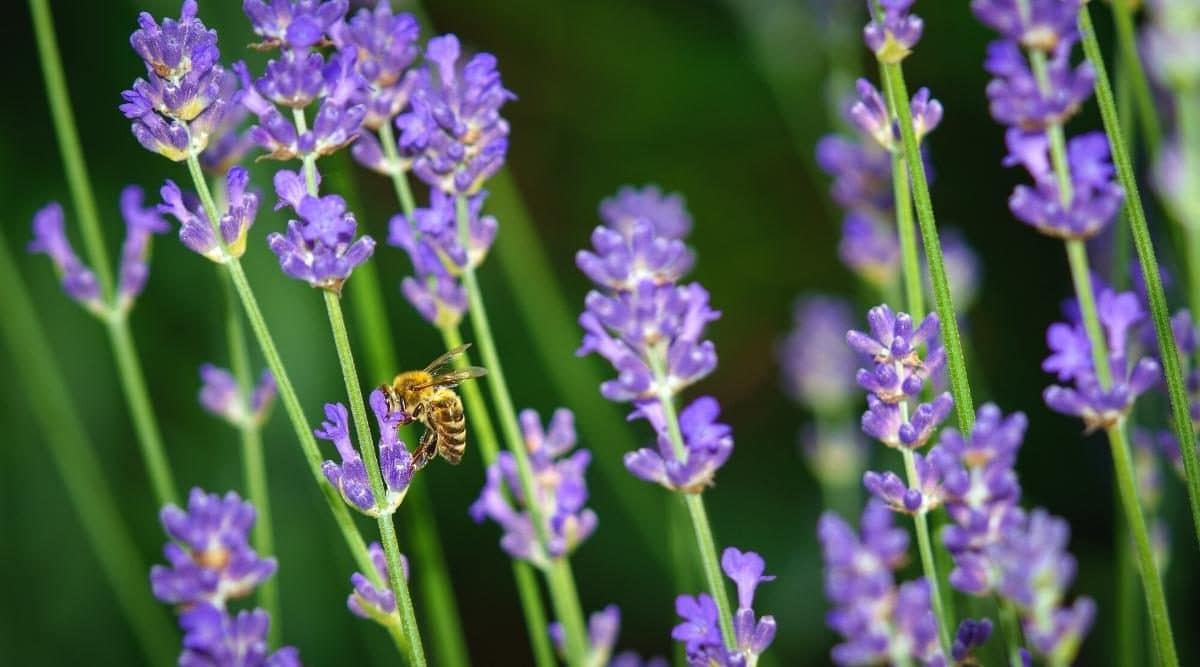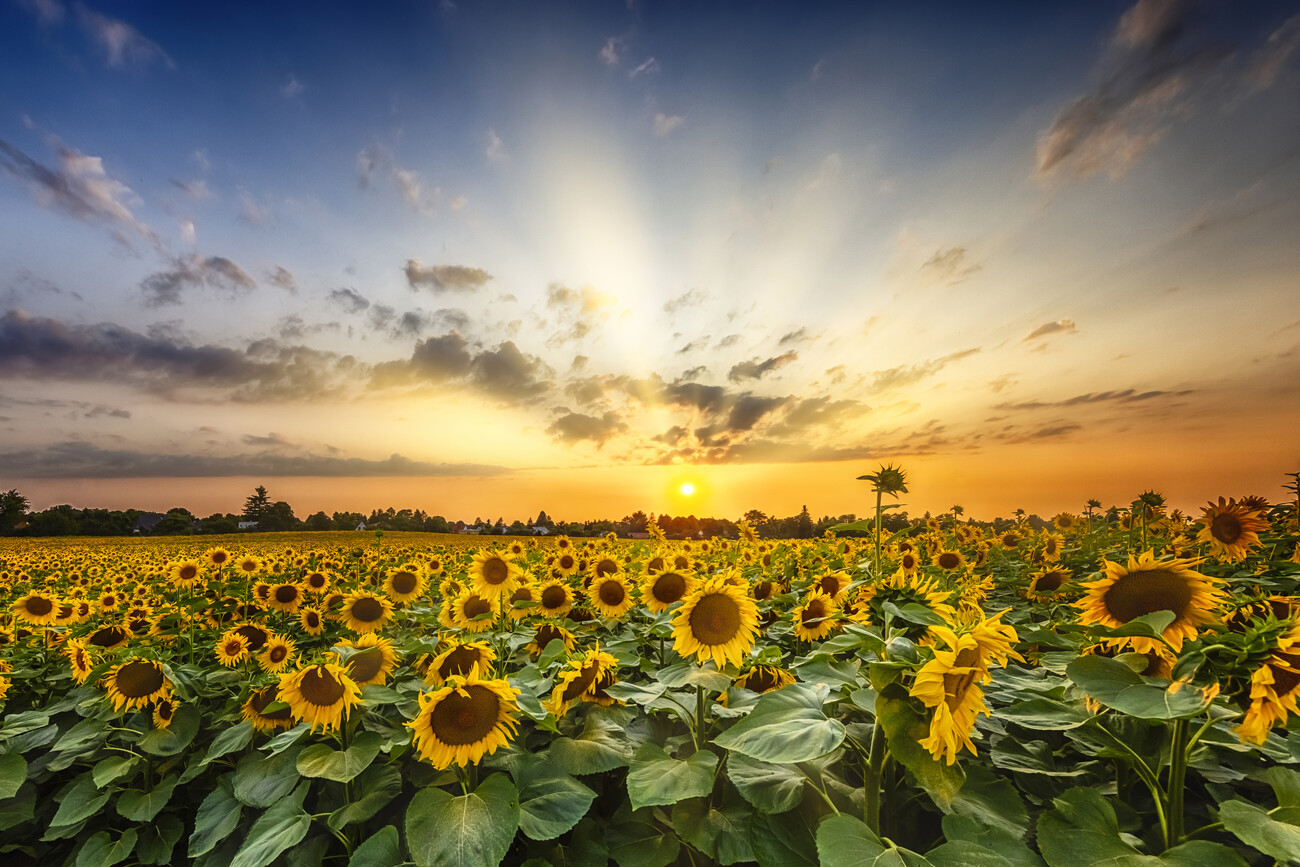Grosso lavender plant care & growing guide
Grosso lavender (Lavandula x intermedia ‘Grosso’) is prized for its vibrant purple blooms and robust fragrance. To cultivate this lavender variety successfully, plant it in well-drained soil under full sun. Space plants 18-24 inches apart. Water deeply but infrequently, allowing the soil to dry out between waterings. Prune Grosso lavender in early spring, removing one-third of the growth to promote bushier growth and prevent woody stems. Deadhead spent flowers to encourage continuous blooming. With proper care, Grosso lavender thrives in zones 5-9 and adds beauty and fragrance to your garden while attracting pollinators like bees and butterflies.
Grosso lavender basics
Grosso lavender (Lavandula x intermedia ‘Grosso’) is a highly sought-after lavender variety cherished for its stunning visual appeal and aromatic allure. It’s renowned for several key features:
Appearance: Grosso lavender produces tall spikes of deep purple to violet-blue flowers atop silvery-green, lance-shaped leaves. This robust lavender typically reaches a height of 2-3 feet with a similar spread, forming a dense, compact bush.
Growing Conditions: Grosso lavender thrives in full sun, requiring at least 6-8 hours of direct sunlight daily. It is adaptable to a wide range of well-drained soils, including sandy or rocky soils, but prefers slightly alkaline conditions with a pH of 6.5 to 7.5. This variety is hardy in USDA zones 5-9 and exhibits remarkable tolerance to drought once it establishes a strong root system.
Maintenance: Regular pruning in early spring is essential to maintain its shape and stimulate vigorous growth and prolific flowering. Trim back about one-third of the plant’s growth, cutting just above a set of leaves. Deadheading spent flowers throughout the growing season encourages continuous blooms.
Benefits: The aromatic blooms of Grosso lavender are not only a treat for the senses but also attract beneficial pollinators like bees and butterflies to your garden. The dried flowers can be used in a variety of applications, including potpourri, sachets, and even culinary endeavors like lavender-infused dishes and beverages.
Where to buy Grosso lavender plants
You can purchase Grosso lavender plants from various sources, both online and locally.
Nurseries and Garden Centers: Visit your local garden centers or nurseries, especially during the spring and early summer when they typically stock a variety of plants, including lavender.
Online Retailers: Many online plant retailers offer Grosso lavender plants that can be shipped directly to your doorstep. Popular websites like Amazon, eBay, and specialized plant nurseries are good options.
Local Farmers’ Markets: Some farmers’ markets or plant sales may have vendors selling lavender plants, including the Grosso variety.
Lavender Farms: Look for lavender farms or specialty herb farms in your region. They often sell a range of lavender varieties, and you can inquire about Grosso lavender specifically.
Botanical Gardens: Check with botanical gardens or horticultural institutions in your area. They may host plant sales or offer recommendations on where to find Grosso lavender.
Online Plant Communities: Join online gardening forums and social media groups where members often trade or sell plants, including Grosso lavender.
Where to plant Grosso lavender
To plant Grosso lavender (Lavandula x intermedia ‘Grosso’) successfully, select an ideal location that caters to its specific needs:
Sunlight: Grosso lavender thrives in full sun, so choose a spot that receives at least 6-8 hours of direct sunlight daily. Limited sun exposure can lead to poor growth and reduced flowering.
Well-Drained Soil: Ensure the soil has excellent drainage, as lavender does not tolerate waterlogged conditions. Sandy or loamy soils are suitable. A slightly alkaline soil with a pH of 6.5 to 7.5 is ideal.
Spacing: Space Grosso lavender plants about 18-24 inches apart to allow for good air circulation. This prevents the development of fungal diseases and promotes healthier growth.
Airflow: Adequate airflow around the plants is essential to reduce humidity and prevent mildew and other fungal issues. Avoid planting in areas with heavy congestion.
Elevation: Plant Grosso lavender on slightly elevated ground, as this helps prevent water pooling around the roots during heavy rain.
Companion Plants: Consider planting Grosso lavender alongside other drought-tolerant, sun-loving herbs and perennials to create a visually appealing and low-maintenance garden bed.
How to plant Grosso lavender
Planting Grosso lavender (Lavandula x intermedia ‘Grosso’) involves several key steps to ensure its successful growth:
Choose the Right Location: Select a sunny spot with well-drained soil. Grosso lavender requires at least 6-8 hours of direct sunlight daily and cannot tolerate waterlogged conditions.
Prepare the Soil: Lavender prefers slightly alkaline soil with a pH of 6.5 to 7.5. Improve soil drainage by adding sand or gravel if needed.
Spacing: Space Grosso lavender plants about 18-24 inches apart to provide adequate airflow and prevent fungal diseases.
Planting: Dig a hole slightly larger than the plant’s root ball. Place the plant in the hole at the same depth as it was in its container. Backfill with soil and water thoroughly.
Mulch: Apply a layer of organic mulch, like straw or wood chips, to conserve moisture, regulate soil temperature, and suppress weeds.
Watering: Water newly planted Grosso lavender regularly until it establishes roots. Once established, water deeply but infrequently to avoid over-saturation.
Pruning: In early spring, prune Grosso lavender by cutting back about one-third of its growth to maintain shape and encourage bushier growth.
How to grow and Care for Grosso lavender
Growing and caring for Grosso lavender (Lavandula x intermedia ‘Grosso’) involves:
Sun & Soil: Plant in full sun with well-drained, slightly alkaline soil (pH 6.5-7.5).
Spacing: Space Grosso lavender 18-24 inches apart for good air circulation.
Watering: Keep soil evenly moist during the first growing season, then water deeply but infrequently to prevent overwatering.
Pruning: In early spring, prune one-third of the plant to maintain shape and stimulate bushy growth.
Mulch: Apply organic mulch to retain moisture and suppress weeds.
Fertilizing: Avoid excessive fertilization; a balanced, slow-release fertilizer in spring is sufficient.
Pest & Disease: Monitor for pests and diseases, and treat promptly.
Harvesting: Harvest flowers when in full bloom for various uses.
Harvesting Grosso lavender
Harvesting Grosso lavender (Lavandula x intermedia ‘Grosso’) is a rewarding process that allows you to enjoy its fragrant blooms. Wait until the flowers are in full bloom, typically in mid-summer. Follow these steps:
Timing: Harvest on a dry, sunny day when the essential oils are most concentrated, usually in the morning.
Tools: Use clean, sharp scissors or pruning shears.
Cutting: Snip the flower spikes just above a set of leaves. Leave some foliage on the plant to protect it from disease.
Bundling: Gather harvested stems into small bundles (10-15 stems per bundle) and secure them with twine.
Drying: Hang the bundles upside down in a cool, dark, well-ventilated area for about 2-4 weeks.
Storage: Once fully dried, remove the lavender buds from the stems and store them in airtight containers for culinary, crafting, or aromatic purposes.
Similar lavender varieties to consider
If you’re looking for lavender varieties similar to Grosso, consider:
Hidcote Lavender (Lavandula angustifolia ‘Hidcote’): A compact English lavender with vibrant purple flowers and a strong fragrance, ideal for edging or containers.
Munstead Lavender (Lavandula angustifolia ‘Munstead’): Another English lavender, slightly smaller than Grosso, with aromatic lavender-blue flowers and a bushy growth habit.
Provence Lavender (Lavandula x intermedia ‘Provence’): A lavender variety, like Grosso, known for its long, elegant flower spikes and soothing fragrance.
Gros Bleu Lavender (Lavandula x intermedia ‘Gros Bleu’): A lavender with deep violet-blue flowers and a robust fragrance, similar to Grosso.
Royal Velvet Lavender (Lavandula angustifolia ‘Royal Velvet’): A compact English lavender with dark purple blooms and a rich aroma.
Common plant diseases affecting Grosso lavender
Grosso lavender (Lavandula x intermedia ‘Grosso’) can be susceptible to a few common plant diseases, including:
Root Rot: Caused by excessive moisture or poorly drained soil, it can lead to root decay and wilting. Ensure well-drained soil and avoid overwatering.
Powdery Mildew: A fungal infection that appears as white, powdery spots on leaves, affecting the plant’s overall health. Good air circulation and proper spacing can help prevent this disease.
Gray Mold (Botrytis): Gray, fuzzy growth on flowers and stems is a sign of this fungal disease. Adequate airflow and pruning to reduce excess foliage can minimize the risk.
Bacterial Leaf Spot: Causes brown or black spots on leaves. Prevent this by avoiding overhead watering and providing proper spacing to reduce humidity around the plant.



